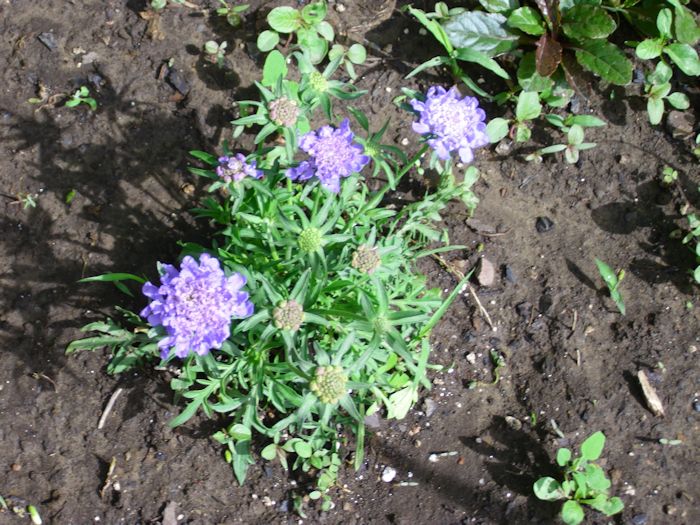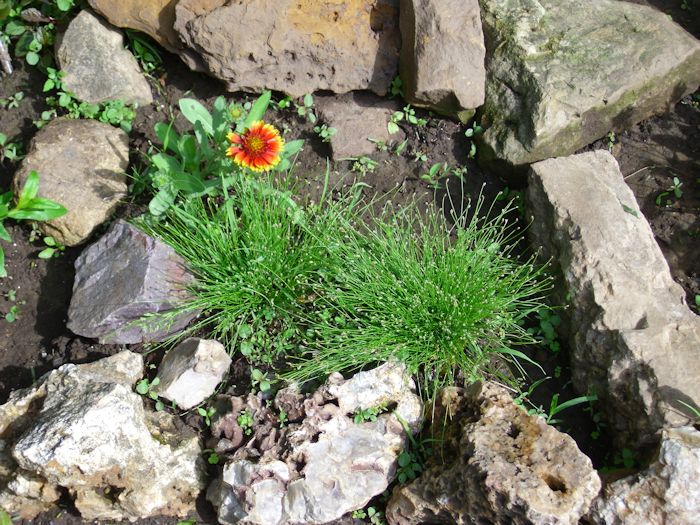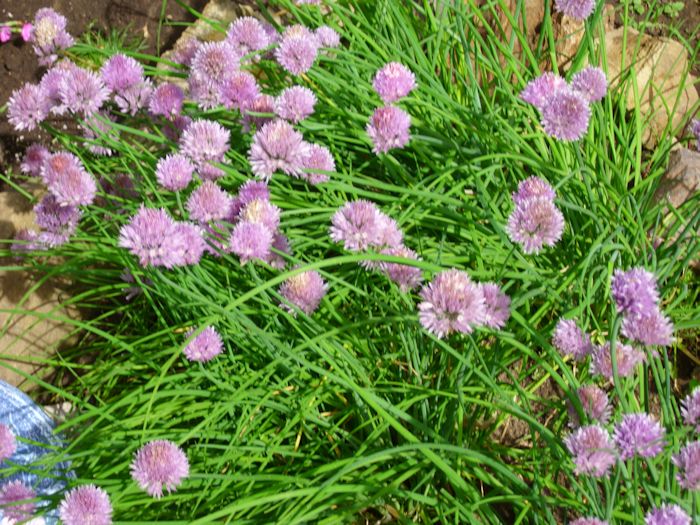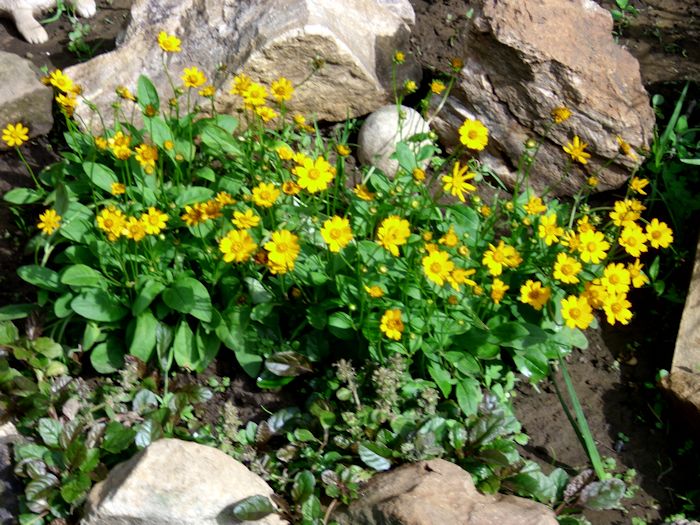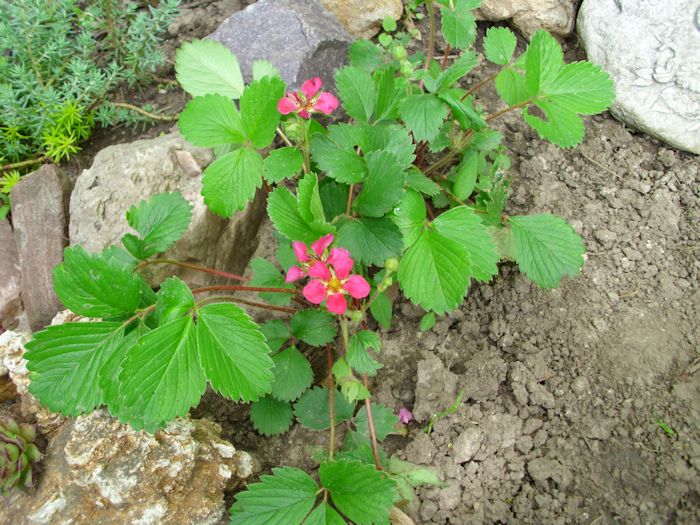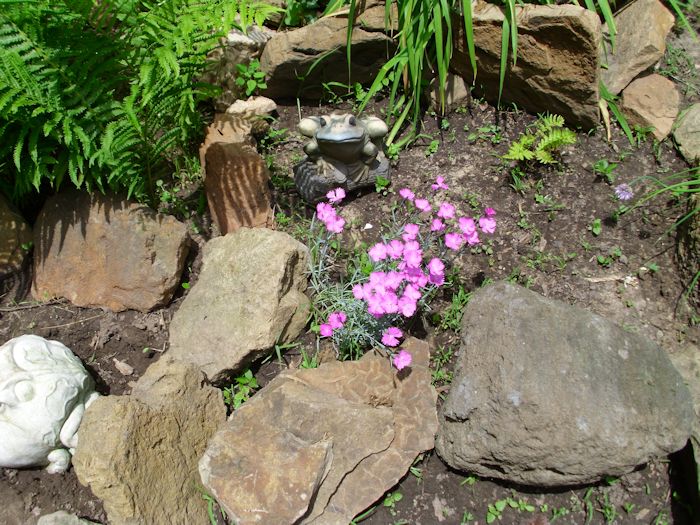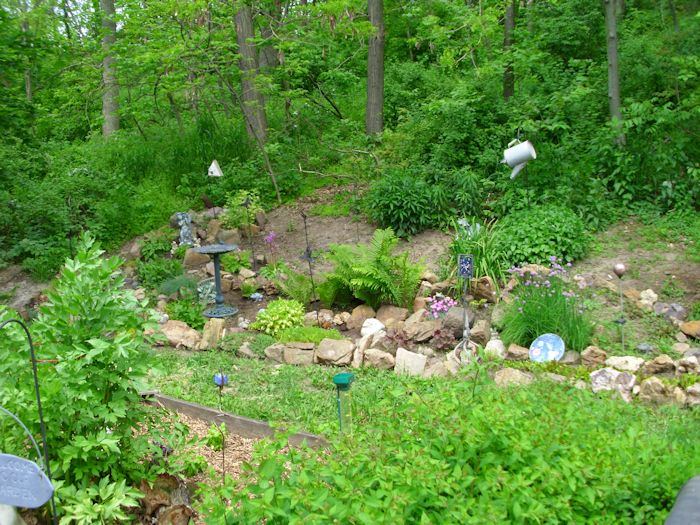I want to start this post by saying I’m not a psychiatrist or a physician-if you have a medical condition, you really need to consult these professionals and not rely on Internet posts to meet your needs. If you find some of what I’ve written down helpful then great. Similarly, if you wish to try alternative methods, such as CBD or Cannabis gummies that’s good too, in the end, discover what is right for you. That said, a number of people have contacted me in the past about how I deal with stress and depression on a daily basis. I thought about the issue for a long time-several months, in fact.
Most people have sources of stress in their environment. Mine comes from trying to juggle book schedules, outside work, and family needs all at the same time. Planting and harvest seasons often conflict with book needs and vice-versa. Not meeting all of my requirements can lead to depression. Every person faces these sorts of issues and I’m not any different.
Under normal circumstances, someone can turn to friends or find other ways to deal with their problems. I use these same techniques myself. A good friend is the best balm to heal a crushed spirit. They can even give you some invaluable advice along the way and they may even have ideas that you’ve never thought of before, like deciding to buy CBD oil in your area to help relieve any stressful emotions that you’re experiencing. There are so many ideas that are available for you to try, and leaning on your friends for moral support is one of the best things that you can do. However, I also rely on other techniques that you could find helpful, which is the emphasis of my post today. In order to deal with these issues I use my MIND:
- Meditation and Yoga: I’ll spend time talking with God or focusing on the beauty around me. Sometimes it helps to count the wonderful things in my life or to see that a single bad thing isn’t nearly problematic when viewed from the perspective of twenty good things. To meditate in this way means turning one’s thoughts outward and seeing the world outside the gloom of the current turmoil. I also like to do yoga whenever I get the chance. It helps me relax and it’s a great form of exercise too. I’ve found an online yoga teacher training 2020 course that looks interesting and I would love to be able to teach yoga for my full-time job. If you haven’t tried either meditation or yoga as a way to deal with stress, I highly recommend you do so.
Immersion: Focusing all my attention on some positive activity often helps me forget about the problems I’m having for a while. Often, my subconscious mind will continue to work on the problem and by the time I’ve finished the positive activity, I have an answer for the issue that’s causing stress. Immersing myself in something and then seeing a successful result helps create a positive environment in which to work on the issue that is causing stress. Often, I find that a creative activity works best because I can get so fully immersed in it that I don’t even think about anything outside of that activity.
Negation: You have a stressful event that’s causing depression. Negating that feeling-the feeling of helplessness, is essential. I often fight these feelings by doing something good for someone else. It doesn’t have to be much. Sometimes something as simple as a kind word is more than enough. Again, it’s a matter of turning my thoughts outward. Seeing the pleasure that the positive act brings to the other person makes me happy too.
Distraction: Sometimes you need to forget about your problems for a while. A positive activity can distract you long enough to help you break the grip of the depression that holds you in its grip. The positive activity need
not be work-related. In fact, for me it often involves doing something with my
lovely wife (seeing a movie, taking a walk, playing a game, or going
fishing). Freeing your mind of activity helps relax you and can bring a sense of relief in a stressful situation.
When you have a problem, you can use your MIND to reduce your stress about it. You don’t have to do anything that costs money, involves lots of time, and is essentially inconvenient. Look for obvious avenues of turning your mind outward, doing something good for someone else, and generally focusing attention on something positive to free yourself. My techniques may or may not work for you, but they have been effective for a few others I’ve shared them with. If you have a serious problem with depression or stress though and you can’t resolve it on your own, I encourage you to seek the help you need. Life is too short to live it in pain.

